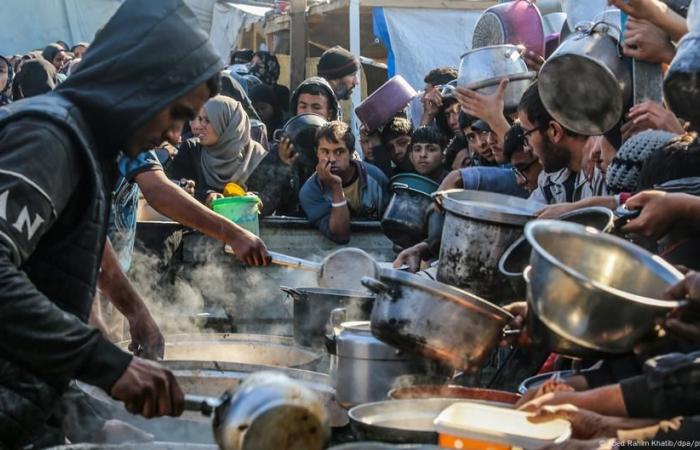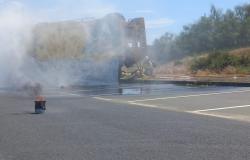The Israeli government gave the green light early this Monday (05.05.2025) to implement a new military campaign to “occupy and retain the territories” of the Gaza Strip, beaten by the Israeli bombs for more than a year and a half, and to resume the entry of help through North American companies to deprive Hamas of their access.
“The plan will include, among other things, the occupation of the strip, the retention of the territories and the movement of the population of Gaza to the south,” said an official Israeli source, despite the fact that the army currently already occupies part of the south of the enclave with the recent appropriation of the city of Rafah.
The new road map, unanimously approved by the security cabinet, leaves behind “the method of incursions” that the troops applied before the high fire to give way “to the occupation and permanence” in the territories of the strip. In addition, it includes “powerful attacks against Hamas, actions that will help achieve a decisive victory.”
Euphoria between radical ministers
Some of the most radical ministers of the Israeli Executive were very satisfied with this plan than they wanted to give more clues. The Minister of Finance, the radical and settler Bezalel Smotrich, said that the Israeli troops will remain in the strip regardless of whether a new high fire agreement with Hamas is signed.
This new scenario moves away the possibility that a new truce agreement can reach in the short term, since Hamas’s main demand is the total withdrawal of the Palestinian enclave troops.
Concern among the Oenegés
Another of the issues addressed yesterday by the security cabinet was the resumption of the entry of humanitarian aid (food, medicines and fuel), vetoed by Israel for more than two months, with a new scheme that seeks to “prevent Hamas from taking control of supplies.”
Israel intends to establish only “four or five” distribution centers in southern Gaza, and potentially an additional center under the military area of Netzarim (center), a measure rejected by all UN agencies and Oenegés in Gaza.
This new Israeli model prevents the help from being stored and collected only by family heads. The same goes for hot food, which can only leave the Army distribution centers, without the existence of community kitchens as until now directed by Oenegés. “It is dangerous, since it forces civilians to go to militarized areas, which endangers their lives, including that of humanitarian workers, while further strengthening forced displacement,” they denounced in a statement signed by several organizations.
(EFE, AFP/MN)






